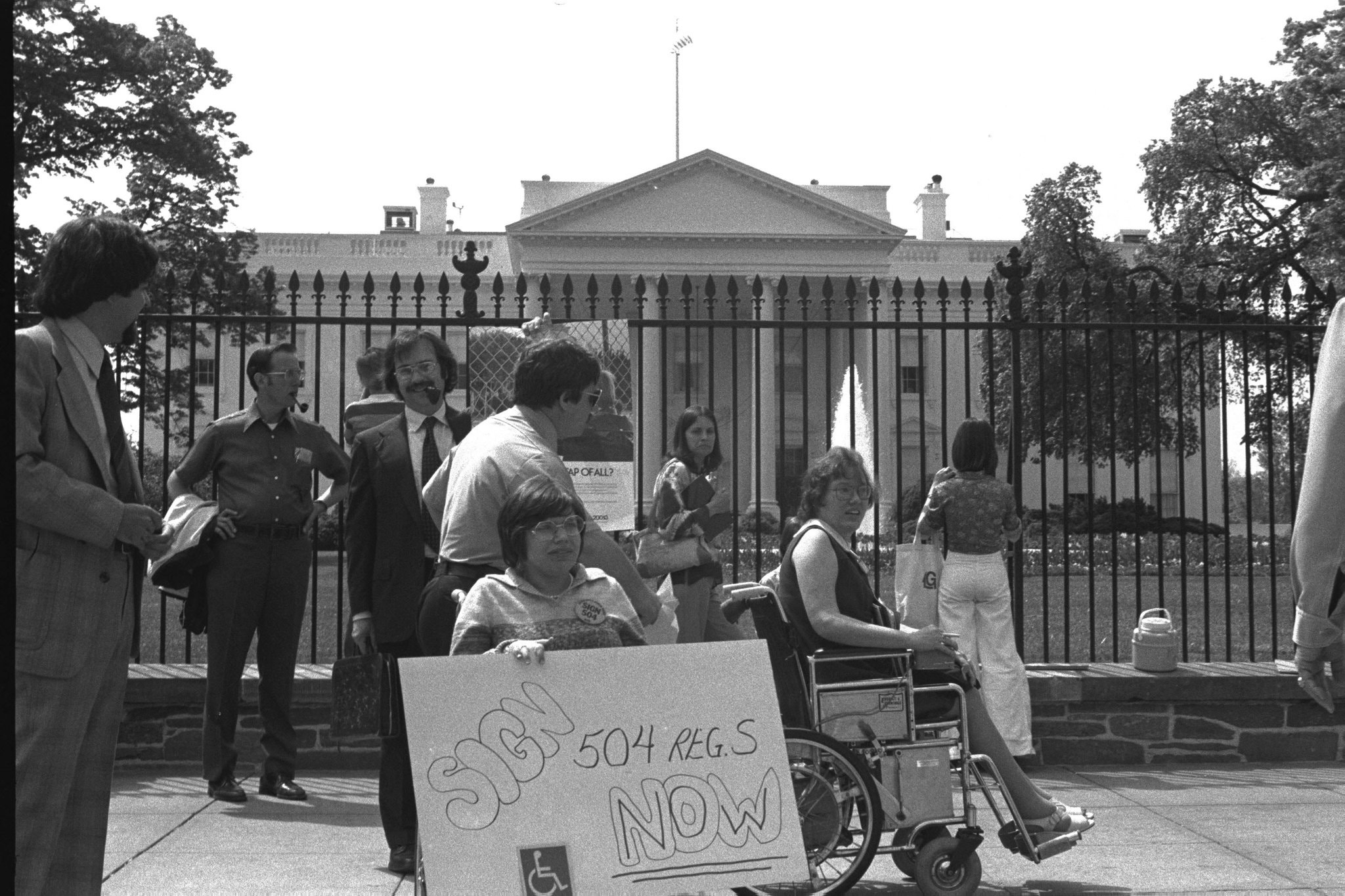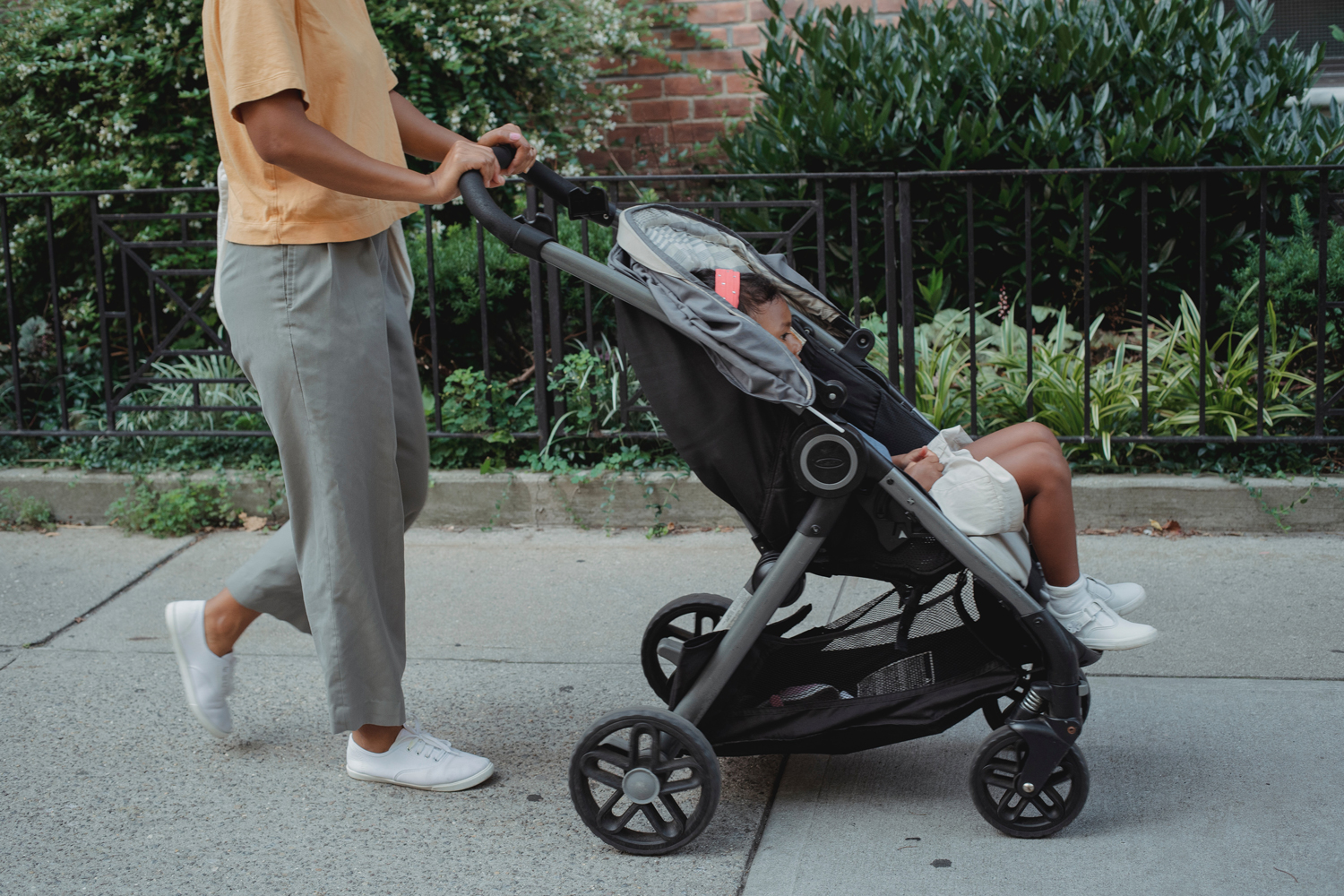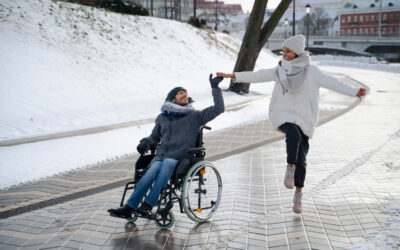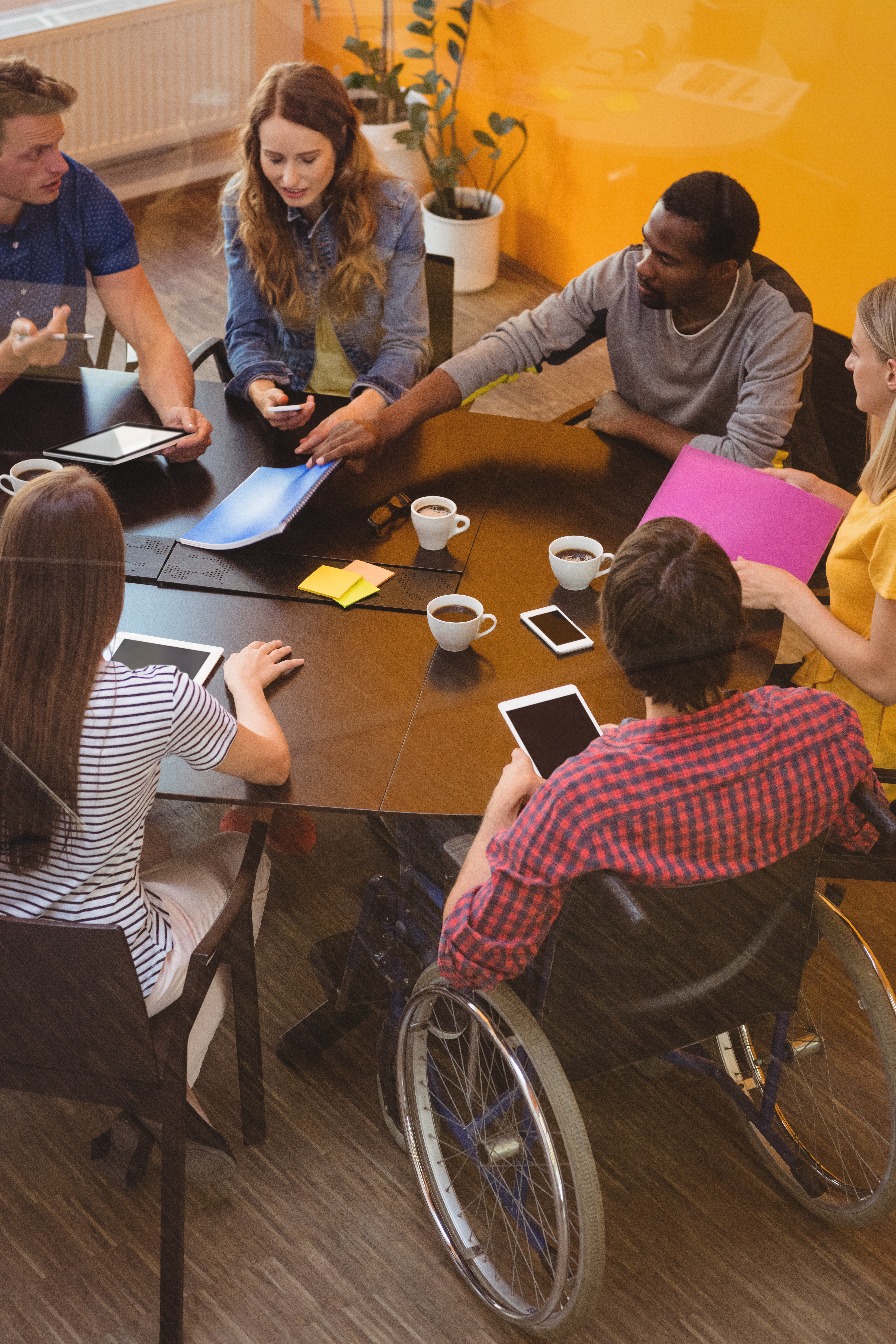Accessibility 101: [Understanding the Basics of Accessibility].
![Accessibility 101: [Understanding the Basics of Accessibility]. Accessibility 101: [Understanding the Basics of Accessibility].](https://includedbydesign.com/wp-content/uploads/2021/07/accessibilityramp.jpg)
Since the emergence of the covid-19 pandemic, concerns surrounding social isolation have become problems of priority for business, education institutions, and communities. The inability for people to safely leave their houses and engage in society is reported almost daily in the news and has become talking points in government circles.
As the world has scrambled to adapt to a new way of living, accessible adaptations emerged. But for people living with disabilities, accessibility has always been top of mind.
This post will cover the basics of accessibility, a brief history of accessibility, the benefits, and why it’s fundamental to promoting disability inclusion.
What is Accessibility, and Why Does it Matter?
In its essence, accessibility means the ability to access.; it promotes the social and economic inclusion of the 15% of the world’s population living with disabilities facing barriers in their daily lives. This amounts to roughly 1 in 5 Canadians (roughly the population of British Colombia), who face barriers accessing employment, housing, and social opportunities.
Though the social implications of accessibility are immense, there is also huge economic benefits to including everyone; a global estimate of 8-trillion dollars annually.
Wethe15 launched in August 2021, a campaign driven by the Paralympics aims to educate and break down the barriers PLWD face.
Where Does Accessibility Apply?
Accessibility applies to everything; tangible products such as clothing, tech, automobiles, furniture, and into the virtual world– digital platforms such as websites, social media, and design files.
Most commonly, accessibility is considered within the context of architectural locations—for example, elevators, ramps, automatic doors, and accessible washrooms.; However, accessibility can also extend to barriers due to language, class, or education.
Nike’s accessible clothing line FlyEase
Brief History of Accessibility Law in North America
In the US, laws like Section 504 (1973) of the Rehabilitation Act banned discrimination against PLWD by recipients of federal funds (modelled after earlier laws that banned race, ethnic origin and sex-based discrimination). Also, The Americans with Disabilities Act (ADA, 1990) prohibits discrimination against individuals with disabilities in all areas of public life and ensures that PLWD has the same rights and opportunities as everyone else.
Canada has The Canadian Human Rights Act (1977), which prohibits discrimination based on a person’s race, national or ethnic origin, colour, religion, age, sex, sexual orientation, marital status, family status, or disability. Also, the Accessible Canada Act Bill C-81 (2019) aims to create a barrier-free Canada by eliminating barriers to accessibility in both physical and virtual spaces.
Accessibility legislation wouldn’t be where it is today without civil rights movements like Disabled in Action (DIA), famously led by Judy Huemann and thousands of other disability advocates. Without their dedication to fighting for accessibility, equity, and inclusion, North America would be a very different place for PLWD; And still, there’s so much more work to be done.
For a deeper history of The Disability Rights Movement in the USA, visit the New York Times or read our blog here.

Judy Heumann, holding the sign, and Kitty Cone, right, protested in front of the White House on April 26, 1977. Credit…HolLynn D’Li
“On the heels of Woodstock, a group of teen campers are inspired to join the fight for disability civil rights. This spirited look at grassroots activism is executive produced by President Barack Obama and Michelle Obama.”-Netflix Watch Crip Camp: A Disability Revolution, on Netflix.
Who Does Accessibility Benefit?
Accessibility is inherent to disability and removes many overlooked barriers for people living with disabilities. However, implementing universal design benefits everyone in the community.
For example, consider how accessibility serves older populations, new parents or pregnant individuals, and people facing illness or injury; Accessibility helps communities navigate unplanned and planned stages of their lives with independence, confidence, and dignity.
For us, accessibility means arriving at a destination and entering through the thoughtful use of universal design. Inclusion is feeling welcome and using the space in its entirety the same as everyone

Diversity, Equity, Inclusion, and…. Accessibility
Recently, accessibility has taken a more prominent seat at the Diversity, Equity, and Inclusion table, and rightfully so.
Although accessibility fits powerfully into these broader conversations, these things are not the same and certainly should not be confused as such. For instance, accessible spaces and businesses are not always inclusive or equitable to people living with disabilities. And, though brands love to state they’re diverse, there is no diversity without disability representation.
We’ve seen improvements in this area, especially in 2021, when major brands like Amazon Studios released their very own Inclusion Initiative. Amazon worked with the Disability Rights Education and Defense Fund and other groups to create the framework intended to minimize biases and increase the representation of PLWD in front of and behind the camera. Other major brands have followed suit.

Photo credit Pexel
Take Away: Accessibility Overview:
- Accessibility means the ability to access.
- Accessibility has been an important issue long before the Covid-19 pandemic, for PLWD their families and Allys.
- Accessibility has positive social and economic implications.
- Accessibility applies to everything and anything we interact with.
- Accessibility benefits all members of society.
- Accessibility is a critical component to promoting diversity, equity, and inclusion.
-
Accessibility is a precursor to Disability Inclusion.
To read our blog on Disability 101, check back soon.
Terms to Know:
- Accessibility
- Equity
- Inclusion
- Disability
- Disability Inclusion
- Universal Design
- PLWD People Living with Disabilities
Get in Touch
Want to learn more about addressing accessibility barriers within your organization? Don’t hesitate to reach out!



